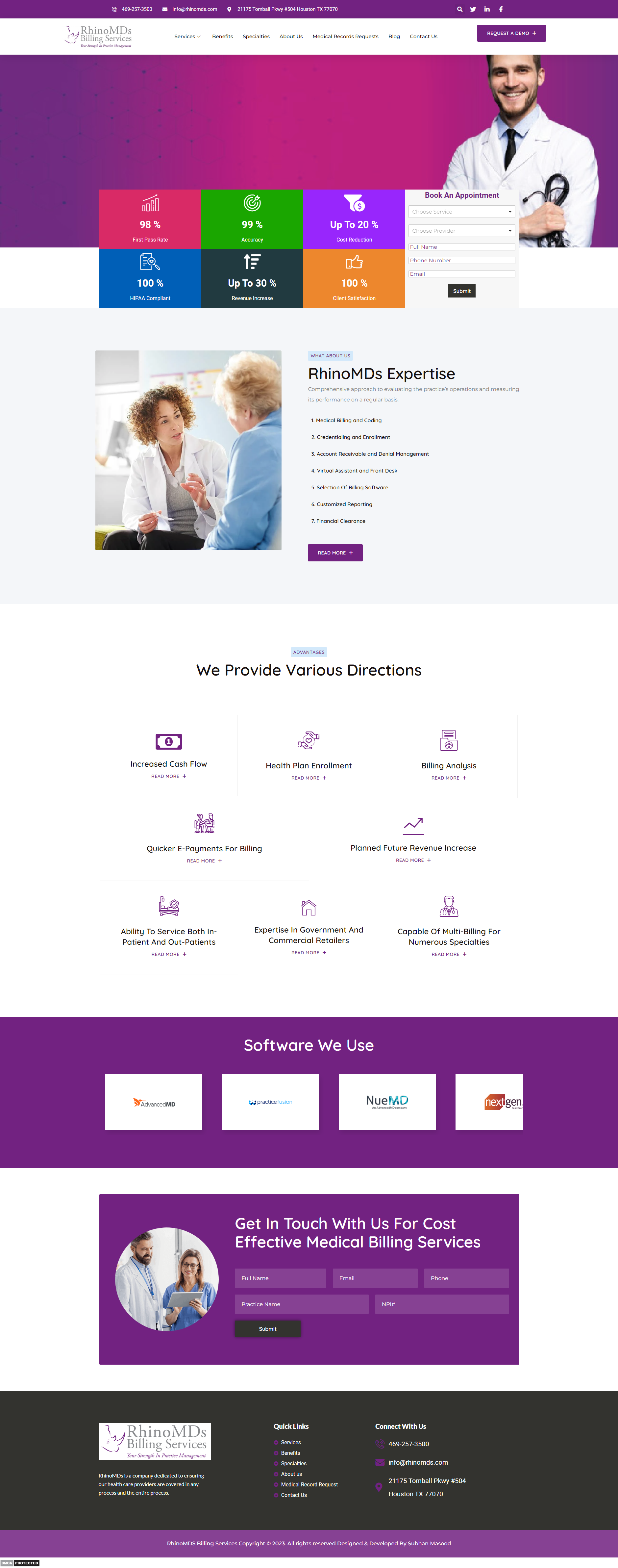Introduction
Web development project management is a crucial process that involves various stages, from planning to launch. It requires careful coordination and collaboration between different teams and stakeholders to ensure the successful delivery of a website or web application.
Planning Phase
The planning phase is the foundation of any web development project. It involves defining the project scope, objectives, and requirements. During this phase, project managers work closely with clients to understand their needs and expectations. They gather information about the target audience, desired features, and functionality.
Once the requirements are clear, project managers create a project plan that outlines the timeline, budget, and resources needed. They also identify potential risks and develop strategies to mitigate them. This phase is crucial for setting the project on the right track and ensuring everyone is aligned with the project goals.
Design and Development Phase
Once the planning phase is complete, the design and development phase begins. This is where the website or web application starts to take shape. Designers create wireframes and mockups to visualize the layout and user interface. Developers then use these designs to build the website or application, coding the necessary functionality and integrating any required third-party services.
During this phase, project managers play a critical role in coordinating the work of designers and developers. They ensure that the project stays on schedule and that the deliverables meet the client’s expectations. They also facilitate communication between the client and the development team, addressing any questions or concerns that arise.
Testing and Quality Assurance
Once the design and development phase is complete, the website or web application undergoes rigorous testing and quality assurance. This phase is essential to identify and fix any bugs, errors, or usability issues before the launch.
Project managers work closely with the testing team to define test cases and scenarios. They oversee the testing process, ensuring that all aspects of the website or application are thoroughly tested. They also collaborate with the development team to address any issues that arise during testing.
Launch and Deployment
After the testing and quality assurance phase, the website or web application is ready for launch. Project managers coordinate the deployment process, ensuring that all necessary configurations are in place and that the website or application is hosted on a stable and secure server.
During the launch phase, project managers closely monitor the website or application to ensure a smooth transition. They address any last-minute issues that may arise and coordinate with the client to ensure their satisfaction with the final product.
Post-Launch Support and Maintenance
Web development project management doesn’t end with the launch. Project managers continue to provide support and maintenance services to ensure the website or application remains functional and up-to-date.
They work closely with the client to address any post-launch issues or enhancements. They also monitor the website or application’s performance and security, implementing necessary updates and patches as required.
Conclusion
Web development project management is a complex process that involves careful planning, coordination, and execution. From the initial planning phase to the final launch and beyond, project managers play a crucial role in ensuring the successful delivery of a website or web application. By effectively managing the various stages and stakeholders involved, project managers can ensure that the end product meets the client’s expectations and achieves its intended goals.




